How to Make the Most out of a Property Viewing
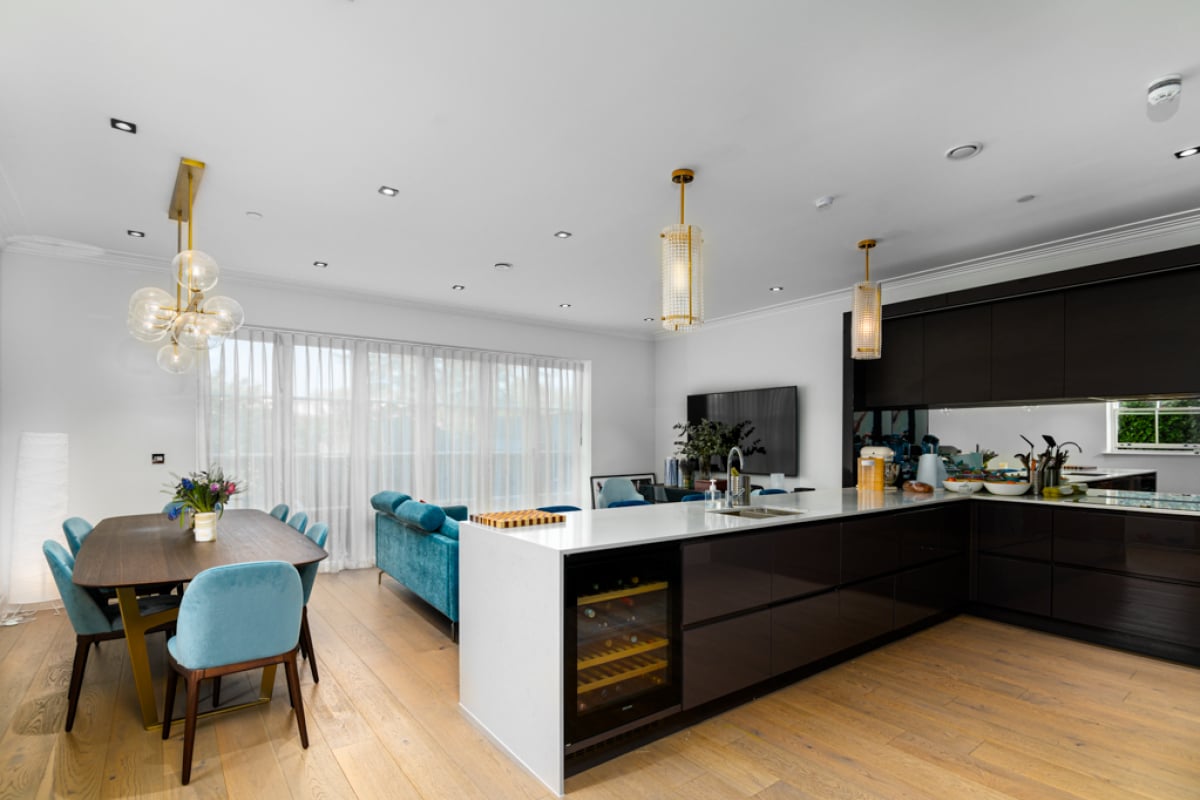
Walking into a prospective new home often triggers an immediate emotional response. That feeling of "this is the one" can be powerful but making such a major financial decision requires more than just intuition.
While your gut feeling is important, it's wise to set aside what your heart tells you when you first view a property and assess the interiors and outside areas with a practical mindset. Buying a property is a big investment and you'll want somewhere that ticks as many boxes as possible.
This article looks at how to make the most out of your initial viewing so you can see its potential with your eyes wide open.
Looking Beyond the Surface
There's no doubt that first impressions do count and you might instantly be won over by a property's attractive kerb appeal, but perhaps dig beneath the surface during your visit. At some point, many of us can be easily swayed by outstanding features but it's important to take a measured look and ask about more problematic issues that might only come to light following the right Structural Level Survey.
Naturally, you're visiting the property because you're attracted by an estate agent's particulars, the online video, and all those eye-catching photos that caught your interest. While it's fine to marvel at a home's impressive room sizes with the wow factor or striking features, have a list of points to look out for, and particularly if issues are concealed from plain sight.
The key to a successful property viewing is looking beyond surface elements. Try to envision the space as a blank canvas rather than focusing on current décor or furniture placement, which will likely change once you move in. Keeping your emotions in check allows you to evaluate the property more objectively and spot both opportunities and any issues that might otherwise be missed.
Considering the Property's Energy Efficiency
One of the most practical aspects to consider during a viewing is the property's energy efficiency. While the Energy Performance Certificate (EPC) provides a general rating, take time to inspect elements that contribute to thermal performance. Check the quality and condition of windows and query if they are double or triple glazed as well as examining radiators to assess their age and effectiveness.
Good ventilation is equally important, particularly in kitchens and bathrooms where moisture levels are higher. Poor ventilation can lead to condensation issues and potentially mould growth over time which can be hazardous if left untreated. Sustainable properties will not only help to lower utility bills but can also provide a more comfortable living environment.
Evaluating the General Decorative Order
The general condition of a property can reveal much about how well it has been maintained and possible future costs. Externally, look for signs of structural issues such as cracks in walls, damaged roof tiles, or deteriorating pointing amid brickwork. Inside, assess the condition of walls, ceilings and floors. If you spot any hairline cracks, they are usually nothing to worry about but they might indicate settlement issues if a property had major works in recent years.
While you may have already seen the particulars, and have an understanding of the age or character of a property, you might want to take a closer look out for major cracks in walls or ceilings and, if a home has been decorated, whether the new decor is in good condition. If you're considering extending in the future, check for stud walls and viable spaces with a mental checklist of points to consider.
Therefore, beyond the impact of natural wear and tear, pay particular attention to windows and doors to ensure the locks work and they are secure. Although carpets and flooring may look tired, these issues can be overcome and might be purely cosmetic, just be mindful this will be another cost factor in your overall budget.
Checking Fixtures and Fittings
Once you start to examine the age and condition of fixtures throughout a property, working electrics are an essential yet significant aspect to examine. According to reports, rewiring on average might set you back around £3,900 for a 1-bed flat and as much as £10,000 for a 5-bed house. Outdated wiring can require a complete overhaul to meet current safety standards and to reduce the risk of electrical faults, so it's worth taking note of whether the fuse box looks new or not.
Likewise, if lighting fixtures appear dated, a quick check to ensure that they switch on and off without a problem is advisable and, although simpler to replace, any repairs can add to your moving costs. During the viewing, don't be shy about checking that all the taps run properly or that shower heads and baths function properly.
Ideally, spot check for signs of leaks, poor water pressure, or inadequate drainage and, in the kitchen, inspect units for irreparable damage as replacing an entire kitchen can be one of the most expensive improvements to carry out after you've purchased your property.
Property viewings are an exciting opportunity to see whether the reality of those online photos and video tours live up to their appearance, but the first time you visit a home you're interested in buying is also a chance to find out as much as you can about the condition of the property.
Making an offer on a property is a huge decision and though your emotional connection to somewhere is important, be sure to balance how the place feels with the practicalities to address, to ensure you're making a sound investment for the future. You might also need several viewings before you make your mind up, so don't hesitate to contact your agent and request these if you're seriously considering making an offer.
Image is from a beautiful 6 bedroomed property in a gated development in Isleworth. Available to for sale April 2025. For the full listing see here
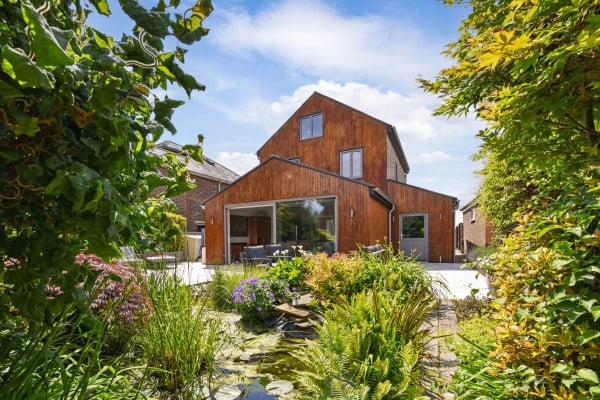
Selling Your Home? Here’s What You’ll Need to Have Ready
28.11.2025Thinking of selling your home yourself? Before you dive into viewings and negotiations, make sure your paperwork is in order.

Has Your Home Increased in Value? What 2025 Property Prices Mean for Sellers
30.10.2025Homeowners across the UK are asking the same question: has my property increased in value over the last few years? With new figures showing that over a million homes have jumped by more than 50% in value since 2020, it might be time to take a closer look. Whether you're considering selling, remortgaging, or just curious, here's how to understand your home's worth in today's market.
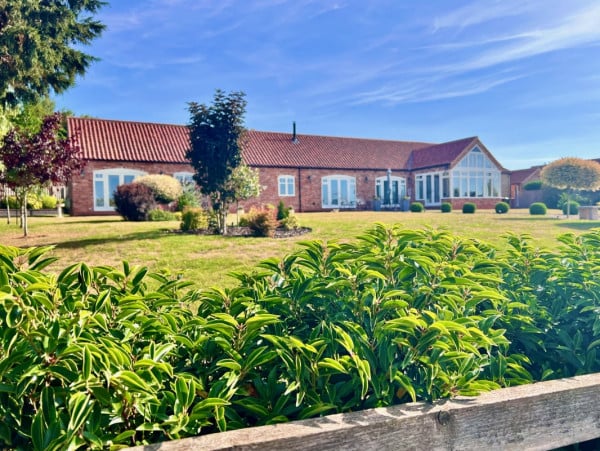
When and How to Downsize: A DIY Guide to Smarter Selling
12.08.2025Feeling ready to simplify life and unlock your property’s hidden equity? Whether your kids have flown the nest or you're eyeing retirement, downsizing can offer financial freedom … but it’s not as simple as it looks. This guide helps DIY sellers time the move right, budget wisely, and avoid unexpected costs that could eat into your gains.

How to Spot a Serious Buyer: A Seller’s Guide to Reading the Signs
06.08.2025Not all viewers are created equal. If you're selling your home through Emoov and managing viewings yourself, it helps to know which viewers are genuinely interested and which ones are just having a nose around. In this guide, we share clear, practical signs that you're dealing with a serious buyer - and how to create the best environment to help them picture themselves living there.
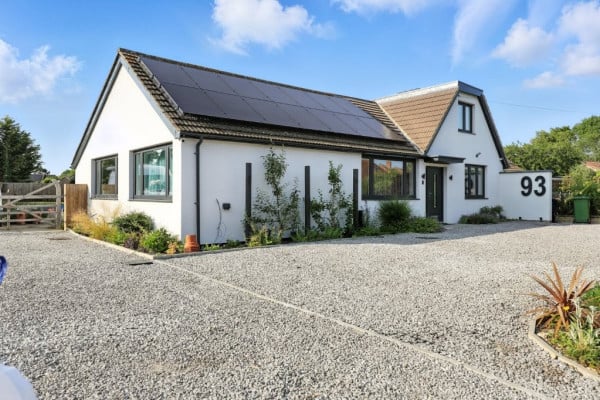
When to Reduce Your Asking Price - A DIY Seller's Guide
06.08.2025It might feel like a setback, but a timely price adjustment can spark new interest and even revive a stagnant listing. Rightmove reports a 1.2% fall in average asking prices in July 2025 alone - the steepest July drop in over two decades. With affordability stretched and inventory rising, sellers must stay competitive.
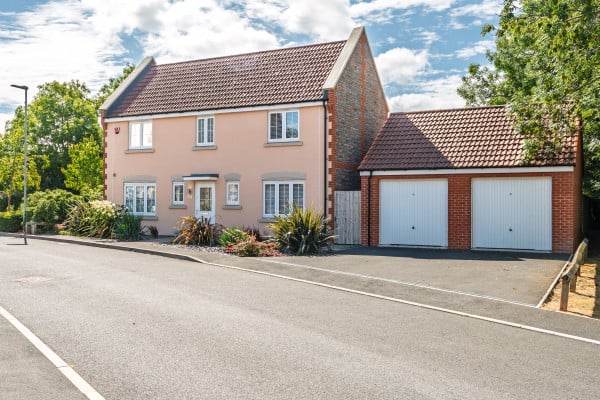
How to Value Your Property for Sale in a Tough Market
22.07.2025Learn how to accurately value your home using tools, local data, and expert tips—essential in today’s challenging property market to attract serious buyers.









